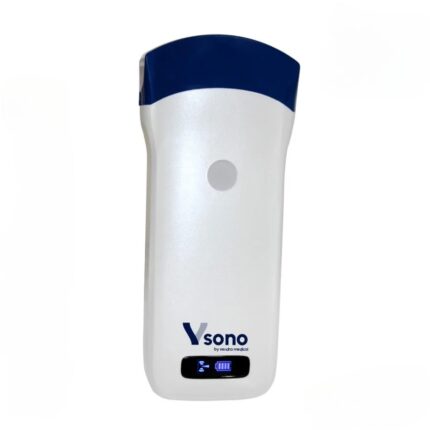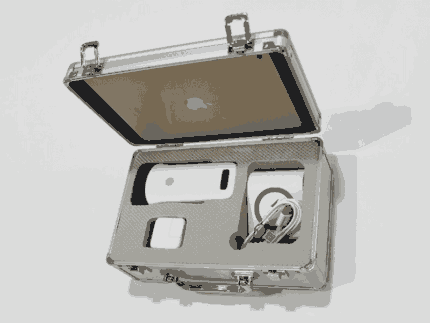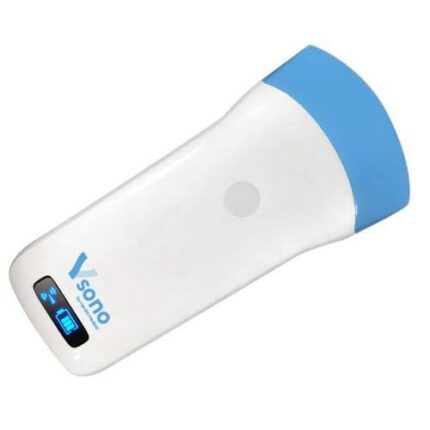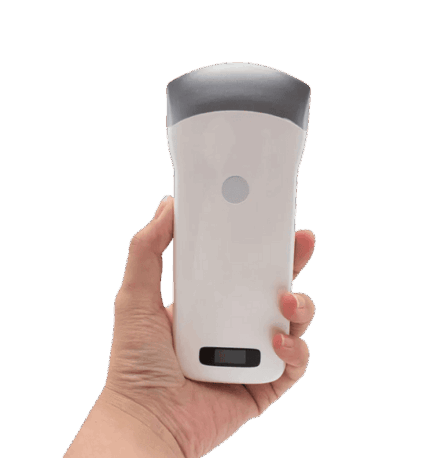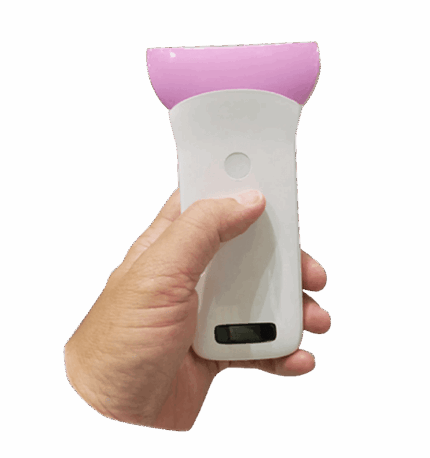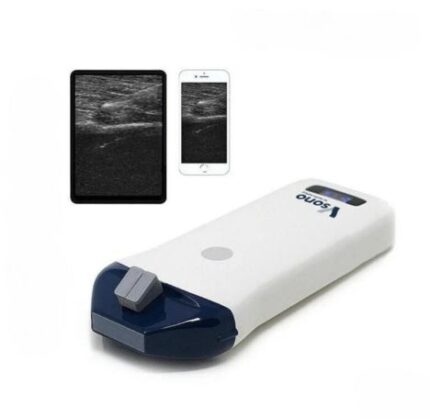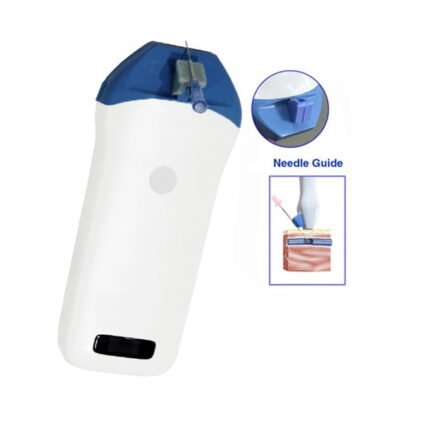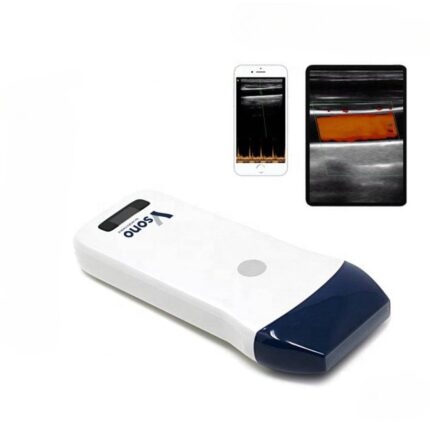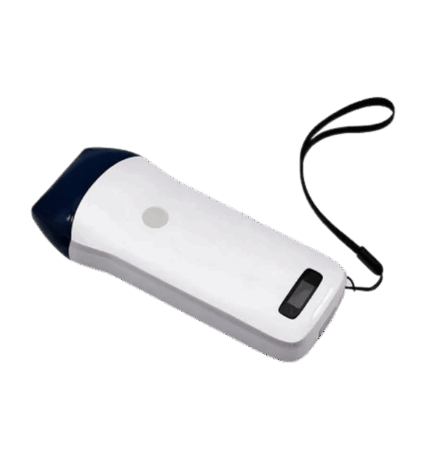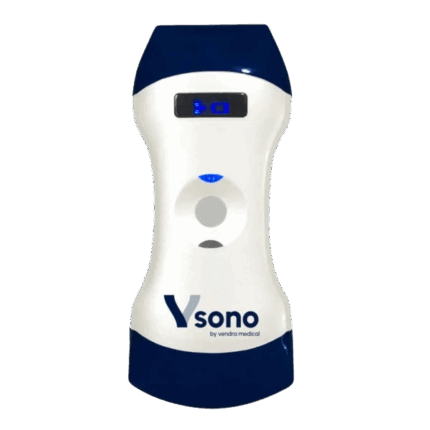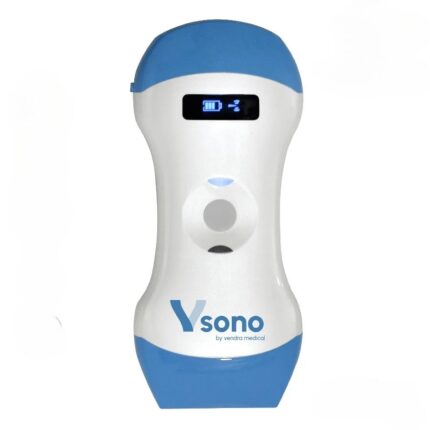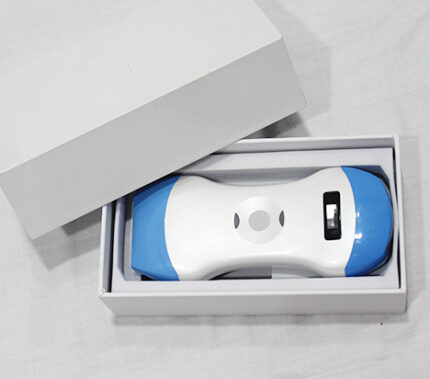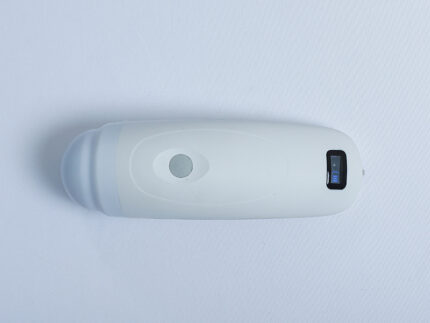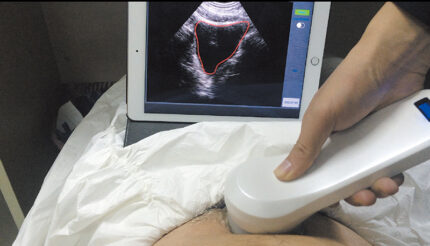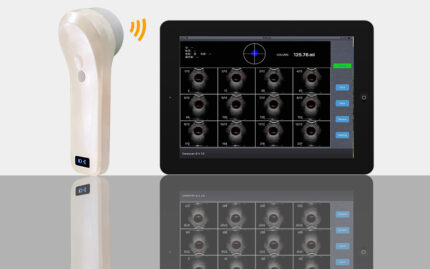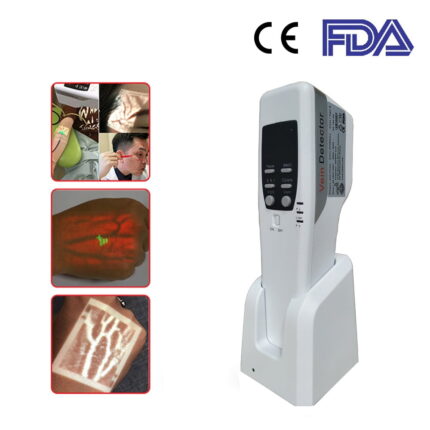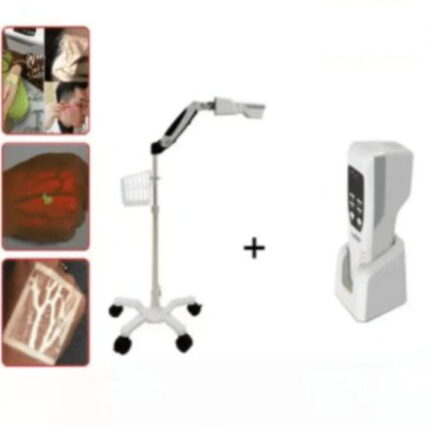Diagnostic Veterinary Ultrasound

Veterinary Ultrasound: Essential Tool for Animal Diagnosis
What Is Veterinary Ultrasound?
Veterinary ultrasound, also called veterinary ultrasonography, is a non-invasive diagnostic imaging technique that uses high-frequency sound waves to visualize an animal’s internal organs in real time. It is painless, safe, and highly reliable, making it a standard tool in modern veterinary practice.
Veterinarians use ultrasound for:
-
Pregnancy monitoring in animals
-
Detecting trauma and internal bleeding
-
Diagnosing gastrointestinal and liver diseases
-
Evaluating heart conditions (echocardiography)
-
Supporting research in animal health and physiology
The Evolution of Veterinary Ultrasonography
Since the 1960s, veterinary professionals have used ultrasound to detect internal conditions in animals. Early models provided only basic images. By the 1990s, portable veterinary ultrasound machines became available, offering:
-
Real-time imaging
-
Higher resolution
-
Advanced Doppler technology
-
Improved measurement tools
Today, ultrasound is considered a cornerstone in veterinary diagnostics, helping veterinarians make faster and more accurate treatment decisions.
Why Veterinary Ultrasound Is Important
Thanks to continuous innovation, ultrasound has revolutionized animal diagnosis. It enables early detection of conditions such as:
-
Organ abnormalities
-
Musculoskeletal issues
-
Cardiac problems
-
Cancerous tumors
This versatility makes ultrasound indispensable for both routine examinations and emergency care.
Key Applications of Veterinary Ultrasound
1. Point-of-Care Ultrasound (POCUS)
Quick bedside or field assessment for rapid decision-making.
2. Abdominal Scanning
Detailed imaging of organs such as the kidneys, liver, spleen, and intestines.
3. Thoracic Examinations
Detecting pleural effusion, lung disease, and thoracic masses.
4. Echocardiography
Evaluating heart structure and function in real time.
5. Liver and Pancreatic Assessment
Identifying inflammation, tumors, and structural changes.
6. Gastrointestinal Tract Evaluation
Diagnosing obstructions, ulcers, and motility disorders.
Recommended Portable Veterinary Ultrasound: Vsono-VET by Vendra Medical
For veterinarians who need mobility, precision, and reliability, the Vsono-VET Portable Ultrasound Scanner is an excellent choice.
Key Features of Vsono-VET
-
Frequency Range: 2–10 MHz, ideal for both small and large animals
-
Probes: Compatible with convex, rectal, and linear probes
-
Portability: Lightweight, wireless, and easy to carry for clinics or fieldwork
-
Compatibility: Works with smartphones, tablets, and PCs (iOS, Android, Windows)
-
Imaging Quality: High-resolution, 256 grayscale, 12f/s frame rate
-
Battery Life: Up to 3 hours of continuous scanning
With Vsono-VET, veterinarians can perform abdominal, cardiac, and musculoskeletal scans with clinical precision, ensuring faster diagnoses and improved animal care.
Conclusion
Veterinary ultrasound has become an essential diagnostic tool for modern animal healthcare. Whether used in clinics or in the field, it helps veterinarians provide accurate, safe, and efficient diagnosis.
For professionals seeking a portable and reliable solution, the Vsono-VET Portable Ultrasound Scanner by Vendra Medical offers outstanding performance for a wide range of applications.


